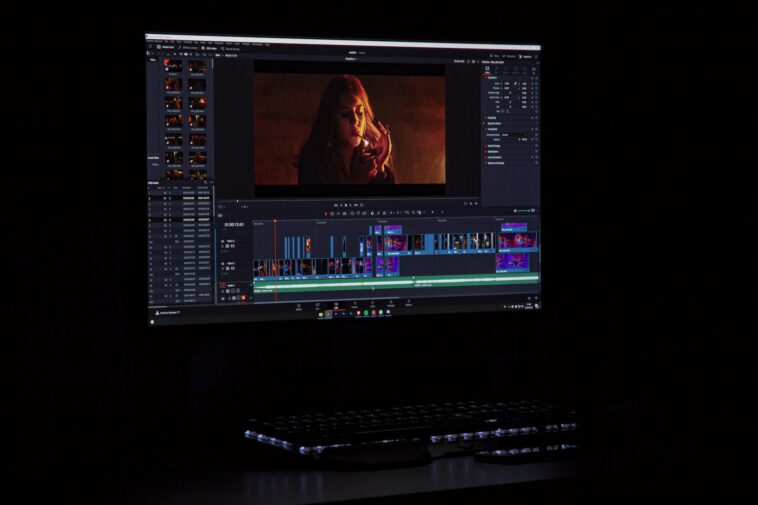Editing stands as a critical step in shaping written, visual, auditory, and filmic content to communicate effectively. This process encompasses various tasks, including correcting errors, compressing information, structuring the content, and applying diverse changes. The ultimate goal is to produce a piece that is not only free of errors but also consistent, precise, and comprehensive.
The Beginning of the Editing Journey
The journey of editing typically begins with an initial idea from the creator, whether an author, filmmaker, or another type of artist. This idea forms the foundation upon which the entire editing process is built. As the content starts to take shape, editing becomes a collaborative effort, often involving a dialogue between the creator and the editor. This partnership is crucial in refining the idea and bringing it to fruition.
Different Aspects of Editing
- Correction: This involves identifying and rectifying mistakes, which could range from simple grammatical errors in text to technical glitches in audio and visual media.
- Condensation: Here, the focus is on brevity and clarity, removing unnecessary elements to make the content more digestible and impactful.
- Organization: Structuring the content logically and coherently is essential for effective communication. This could involve rearranging paragraphs in an article or scenes in a film to enhance the flow of information or storytelling.
- Modification: This broader category includes various adjustments and enhancements, from altering sentence structure to improve readability to adjusting color balance in a video for aesthetic appeal.
The Role of the Editor
The editor plays a pivotal role in this process. They bring a fresh perspective, often identifying issues and opportunities that the original creator may have overlooked. Their expertise in language, storytelling, and media-specific technicalities is invaluable in transforming a rough draft into a polished final product.
Types of Editing
- Textual Editing: In written content, textual editing is about ensuring language accuracy, consistency, and clarity. This can range from academic works to novels and news articles.
- Visual Editing: In the realm of photography and film, visual editing involves adjusting imagery for color balance, composition, and overall visual impact.
- Audio Editing: For podcasts, music, and other auditory media, audio editing is crucial for achieving clear sound quality, balancing levels, and removing unwanted noise.
- Film Editing: This combines visual and audio editing and is essential in storytelling, determining the pacing and rhythm of the narrative.
The Evolution of Editing: From Pen to Pixel
Over time, editing has evolved significantly. From manual corrections in manuscripts to digital editing software, the tools and techniques have become more sophisticated. This evolution has not only made editing more efficient but has also expanded the possibilities for creativity and precision.
The Impact of Editing on Content Reception
The quality of editing can significantly influence how the audience receives the content. Well-edited work can engage, inform, and entertain, while poorly edited content can lead to misunderstandings, disinterest, or even frustration among the audience.
Conclusion: The Integral Role of Editing
In conclusion, editing is not merely a phase in the content creation process; it’s an art form in itself, requiring a blend of technical skill, creativity, and an understanding of the audience’s needs. Whether in writing, film, photography, or audio, the editor’s touch can elevate the work from ordinary to extraordinary, ensuring it communicates its message effectively and resonates with its audience.
Key Takeaways
- Editing is a crucial process in various media forms, aiming to correct, condense, organize, and modify content.
- It begins as a collaborative effort between the creator and the editor, where both work to refine the original idea.
- Different types of editing cater to specific media, including textual, visual, audio, and film editing.
- The evolution of editing tools, from manual to digital, has significantly enhanced the efficiency and scope of editing.
- Quality editing profoundly impacts how an audience perceives and interacts with the content.





